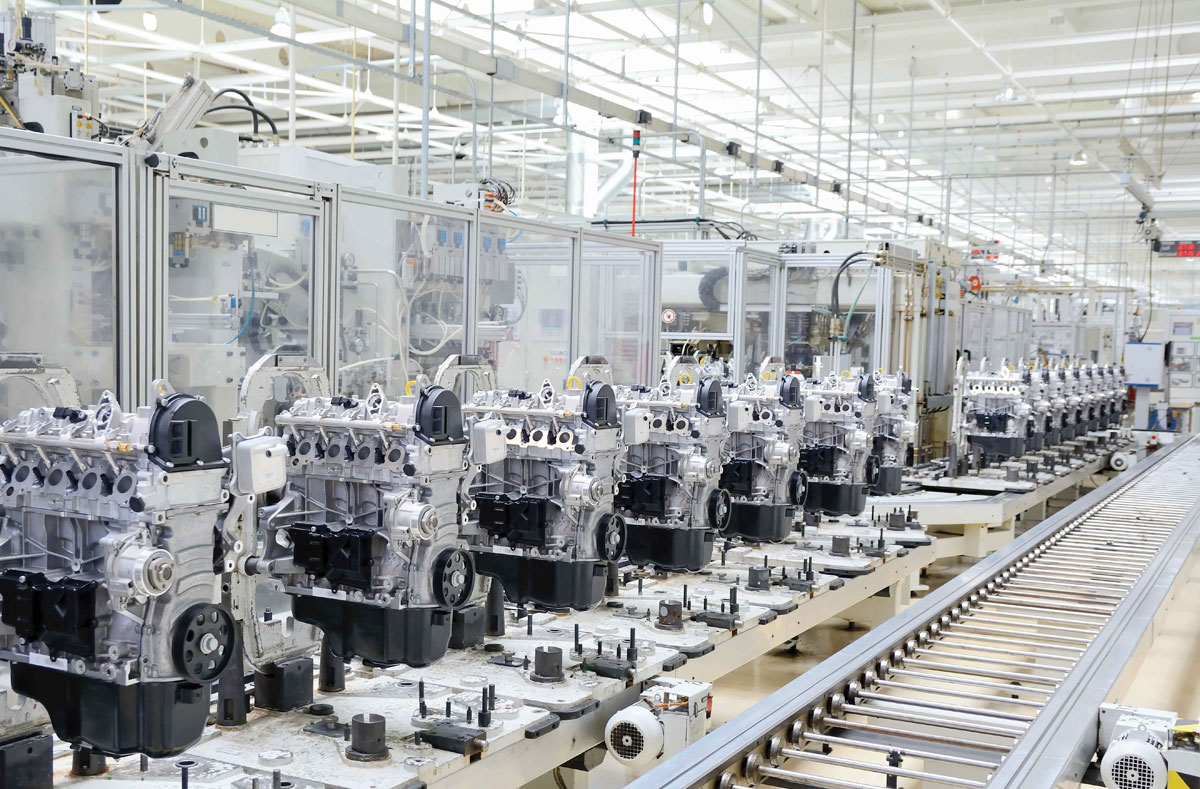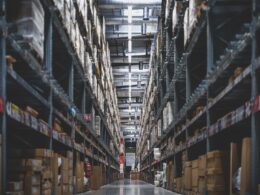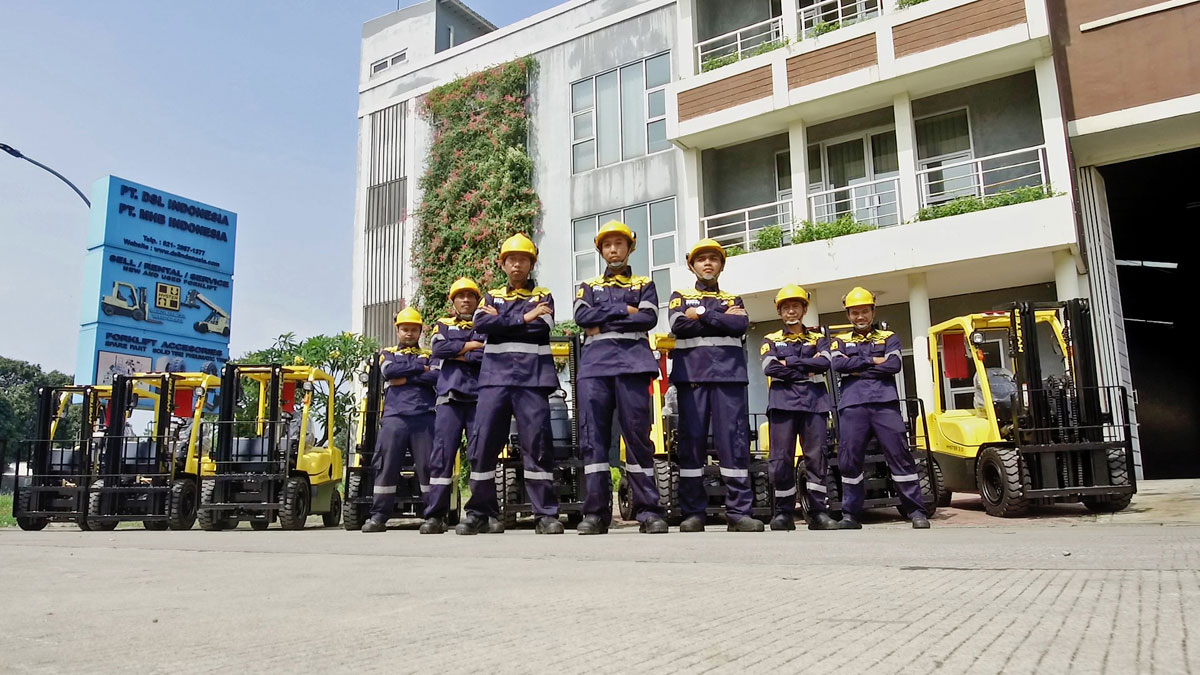~ Improving traceability and accountability in the supply chain ~
In line with the digitalisation of manufacturing lines, warehouses too are becoming more advanced. The traditional, manual process can be challenging for warehouse operatives and is prone to error. By adding digital solutions and intuitive User Interfaces, cognitive load can be reduced from staff and an audit trail can be used to track stock’s movement. Here Tom Blockley, user experience (UX) designer at obsolete industrial parts supplier EU Automation, shares his visions for spare parts warehousing.
When introducing new technology to a warehouse, companies should ensure that it increases efficiency, saves money and adds value to the business. Technology must also fit around the staff who work in the facility, being both ergonomic and easy-to-use.
To streamline its processes and improve customer service, EU Automation is transitioning from a part digital warehouse system to a fully digital system, to allow its staff to focus on speed of delivery and to maintain a high product quality. More intelligent stock management technology can also help companies to match stock to where it is needed, shifting parts according to capacity and demand. Ultimately, improved processes enable us to deliver parts of high quality as efficiently as possible — it allows us to deliver more.
Traceability
Using a digital system, such as barcode system, a part’s route can be predefined, providing warehouse staff all the information needed at the touch of a button. The process can be easily tracked at each point, making it clear what shipments are complete or if not, where they are in the process. A product’s information can be easily accessed in one place, improving speed of delivery and quality assurance.
In many industries, companies are moving to radio-frequency identification (RFID) to scan items to ensure traceability. However, in certain warehousing applications RFID is limited by its ability to scan all tags within its range — not suitable for a system where scanning of only a specific part or shipment is necessary.
What’s next?
The future of warehousing looks bright. As we move to more advanced systems, warehouse stock could be automatically transported according to need. Warehouses may become localised, with 3D printers able to produce parts from raw materials at any site.
Goods can be moved by Automated Guided Vehicles (AGVs), without a human driver. As well as AGVs, drones could be used to transport goods aerially, as Amazon has recently trialled.
Wearables will be extremely useful for workers in the warehouses of the future. Using augmented or virtual reality, staff could use handsfree scanners, which can improve quality assurance and traceability. Wearables can also improve a facility’s safety, by monitoring the interactions and locations of workers and unmanned vehicles.
Intelligent stock holding could become widespread, with products moved to different locations based on supply and demand, shortening lead times on delivery, ultimately reducing downtime.













